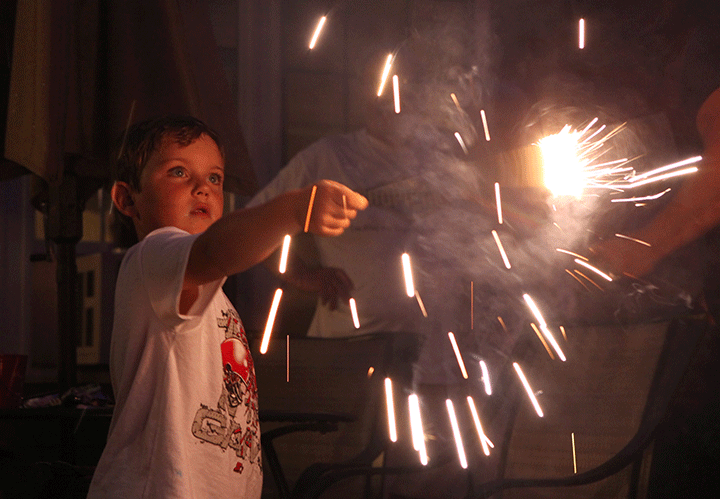With the Canada Day long weekend approaching, there is sure to be plenty of fireworks, sparklers and general reverie. But have you ever wondered why we can hold those flaming sparklers in our hands without being burned?

A new video released by the American Chemical Society explains why.
WATCH: How do sparklers work
Sparklers are made of a iron shaft coated with a combustible paste, comprised of fuels, oxidizers, colorants and binders, the video explains. Not all sparklers use the same fuel. Some use iron, titanium and a combination of other chemicals.
The oxidizers within the paste keep the metals burning and begin the reaction, allowing the sparkler to produce little ignited fragments outwards, providing the “sparkle.”
The binder that keeps it all together and allows it to burn slowly is something called dextrin.
READ MORE: WATCH: Why do onions make us cry?
And not all sparklers produce the same colour: you can get blue, white or red. For that, you need to add different elements: copper, for blue, magnesium for white and strontium for red.
OK, so we know that fire is hot so why are we not getting burned when these hot fragments fly off into the air?
The fragments are about 1,000 to 1,600 C as the fly off. However, they are so light that they give off very little thermal energy.
Still, it’s important to remember never to touch the shaft after it’s burned. That remains fairly hot afterwards.



Comments